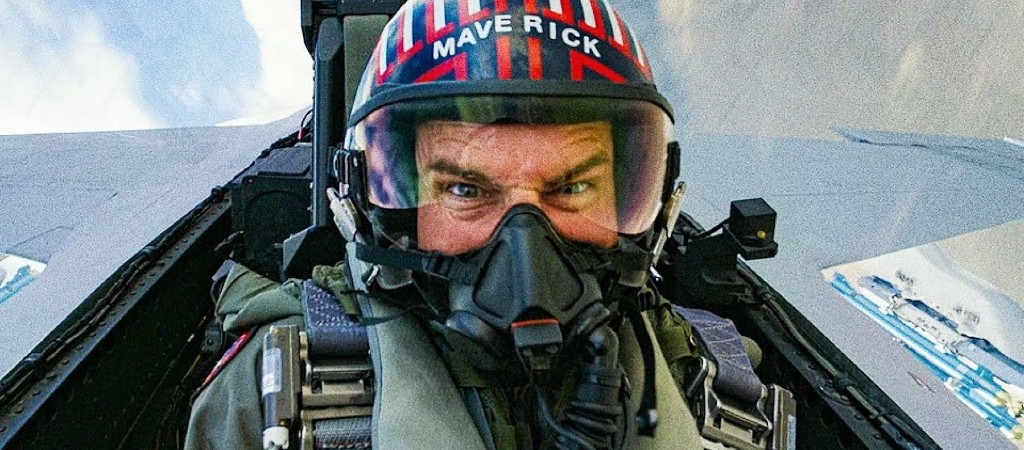The U.S. Air Force would like to make it clear that it totally did not mean to draw what definitely looks like a penis with the flight path of an aerial tanker near a Russian base in Syria. These things pop up from time to time, and the Air Force is really sorry about this one. It was not intentionally done by the pilot or (heh heh) the unit, according to USAFE Capt. Ryan Goss.
Via Task & Purpose:
“The KC-135 Stratotanker (RAKE71) operating in the Eastern Mediterranean adjusted between multiple different flight tracks during the course of the mission,” Goss said in a recent statement. “While these adjustments and movements appear to create a vulgar outline, there was no intent by the pilots or the unit to do so. As we continue to look into this, USAFE-AFAFRICA, AMC [Air Mobility Command] and the USAF will continue to maintain the highest standards of professionalism and airmanship.”
As for how anyone even knew about the penile flight path, it turns out Elon Musk hasn’t completely destroyed Twitter yet. An Italian newspaper was the first to make the phallic connection, and from there it was only a matter of time until everyone on Twitter was looking at digital dong near Cyprus. What a time to be alive.
A US military plane "painted a penis" in the sky near a Russian airbase, La Repubblica.
A KC-135 Stratotanker refueling plane remained for almost two hours east of Cyprus on Tuesday, in front of the Syrian base of Tartus, a stronghold of Moscow.
😂😂😂😂😂😂😂😂😂😂😂😂 pic.twitter.com/SCs0QZhUMV
— MAKS 23 🇺🇦👀 (@Maks_NAFO_FELLA) November 2, 2022
The commotion caused the Air Force to issue another statement just to, again, make it clear that nobody purposefully got inside a government vehicle and decided to put a dick in the sky. Planes are weird, okay?
“We are aware of the incident and are talking with the KC-135 crew to determine the details,” Air Force Col. Damien Pickart, the top spokesman for Air Mobility Command, told Task & Purpose on Friday. “At this time, we do not believe the crew acted inappropriately, flying a refueling orbit consistent with requirements that met the needs of receiver aircraft.”
(Via Task & Purpose)

